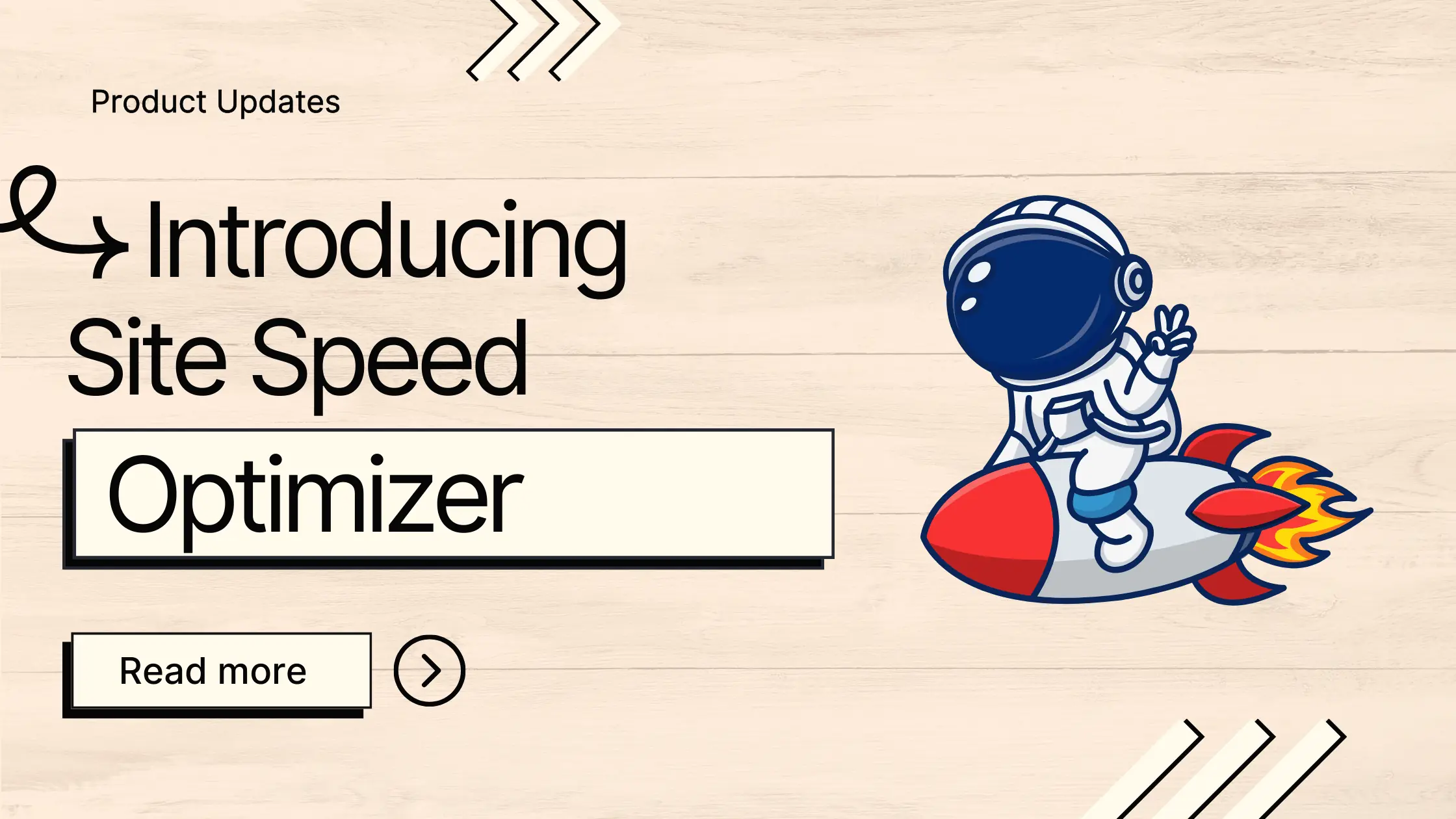What Does Seed Keyword Mean?
A seed keyword is the fundamental term or phrase that serves as the starting point for broader keyword research in SEO. It typically consists of one or two words that capture the core topic or industry focus, helping to generate more specific related keywords.
Where Does Seed Keyword Fit Into The Broader SEO Landscape?
Seed keywords are fundamental to the SEO process as they serve as the basic, core terms that describe the topics or the main business areas a website is focused on. These concise, often broad keywords form the foundation upon which more detailed and specific long-tail keywords are built. In the SEO landscape, seed keywords are used to:
1. Keyword Expansion: They are used as starting points for keyword research tools to generate more expansive lists of related keywords, helping to uncover long-tail keywords and phrases that might be less competitive and more conversion-focused.
2. Content Strategy Development: Seed keywords help in defining the thematic pillars of web content, guiding the creation of topic clusters and content that addresses various aspects and nuances related to the main themes.
3. SEO Optimization: They guide on-page SEO efforts, including optimizing titles, meta descriptions, headers, and overall content to align with the terms most relevant to the business or topic area.
4. Market Analysis: Understanding the competitive landscape for these primary keywords helps in assessing market saturation, identifying gaps, and strategizing on less contested niches.
5. Ad Campaigns: In paid search campaigns, seed keywords help set up ad groups and campaigns, contributing to better targeted and effective paid advertising strategies.
6. Audience Insights: Analyzing search volumes and trends for seed keywords can provide insights into the interests and needs of target audiences, aiding in tailoring content and marketing strategies to user preferences and behaviors.
By integrating seed keywords effectively into their SEO and content strategies, businesses can improve their visibility and relevance in search engine results, enhancing both traffic and engagement rates.
Real Life Analogies or Metaphors to Explain Seed Keyword
1. A seed keyword is like the cornerstone of a building; it’s the fundamental base from which the structure of keyword research is built and expanded.
2. A seed keyword is akin to a coffee bean, essential and concentrated, from which the diverse brews of long-tail keywords are extracted.
3. A seed keyword is like the root of a tree, grounding the plant and sprouting various branches (long-tail keywords) that reach out in multiple directions.
4. A seed keyword is similar to a mother dough in baking; it’s the initial mix that starts the fermentation process and leads to a variety of breads (related keywords).
5. A seed keyword is like the main ingredient in a recipe, essential for defining the dish, while additional ingredients (related keywords) enhance and complete the meal.
How the Seed Keyword Functions or is Implemented?
1. Identification: Select a broad keyword relevant to the business or niche, which serves as the central theme.
2. Input into Keyword Research Tools: Use tools like Google Keyword Planner, Ahrefs, or SEMrush, inputting the seed keyword to generate a list of related keywords.
3. Analysis of Search Volume and Competition: Evaluate the search volumes and competition levels of the generated keywords to determine their viability and potential traffic.
4. Keyword Expansion: Expand the seed keyword based on long-tail variations, synonyms, and related phrases to cover wider topic areas. This helps in capturing a broader audience.
5. SERP Analysis: Analyze the search engine results pages (SERPs) for the seed keyword to understand the type of content ranking and user intent.
6. Content Creation and Optimization: Develop content that aligns with the user intent and optimize it with the seed keyword and its variations to improve relevance and ranking.
7. SEO Strategy Integration: Incorporate the seed keyword and its derivatives in various on-page elements like titles, meta descriptions, headers, and within the body content strategically for SEO.
Impact Seed Keyword has on SEO
Seed keywords are fundamental to a website’s SEO strategy because they help define the niche and target market, directly impacting keyword research and content development. They are usually broad, one or two-word terms that represent the core topic or product of a website. By effectively using seed keywords, a site can tailor its content to align with user intent, enhancing user experience and increasing the relevancy of the content to search queries.
In terms of SEO performance and rankings, seed keywords serve as the foundation for generating long-tail keywords, which are more specific phrases that tend to have lower competition and higher conversion rates. This broad-to-narrow funneling approach helps in structuring website hierarchy, optimizing on-page elements like meta tags, headings, and descriptions, and improving internal linking strategies. As a result, the use of well-researched seed keywords can significantly boost a website’s visibility in search engine results pages (SERPs), drawing more organic traffic and potentially improving conversion rates. Furthermore, seed keywords help ensure content consistency and thematic integrity across the site, which can enhance overall user engagement and satisfaction.
SEO Best Practices For Seed Keyword
1. Conduct thorough keyword research around the seed keyword using tools like Google Keyword Planner, SEMrush, or Ahrefs to identify related keywords, questions, and topics.
2. Analyze the search intent behind your seed keyword to determine whether users are seeking information, looking to make a purchase, or find a specific type of content.
3. Examine top-ranking pages for the seed keyword to understand content formats, lengths, and common features that are favored by search engines.
4. Optimize on-page elements:
– Include the seed keyword and variations in the title tag ensuring it appears naturally.
– Use the seed keyword in meta descriptions to improve click-through rates.
– Incorporate the seed keyword in headers (H1, H2s) where relevant.
– Integrate the seed keyword and its long-tail variations within the content itself, maintaining a natural and reader-friendly approach.
– Add the keyword to the URL slug for the specific page when feasible.
5. Improve user experience:
– Ensure the website is mobile-friendly.
– Improve page load speeds using tools like Google PageSpeed Insights.
– Design an intuitive navigation structure.
6. Create high-quality, engaging content that provides real value around topics associated with the seed keyword.
7. Develop a link-building strategy:
– Write guest posts for industry-related websites incorporating your seed keyword.
– Reach out for backlinks from authoritative sites by offering compelling reasons (unique data, infographics).
8. Optimize images:
– Use descriptive file names including the seed keyword.
– Add alt text to images using the seed keyword and variations.
9. Utilize schema markup to help search engines understand the content context better.
10. Monitor performance using analytics tools like Google Analytics and adjust strategies based on user behavior and keyword ranking changes.
Common Mistakes To Avoid
1. Choosing Overly Broad or Generic Seed Keywords: Using seed keywords that are too broad can lead to a highly competitive field, making it difficult to rank well. Opt for more specific seed keywords that better target your niche.
2. Ignoring Long-Tail Keywords: Focusing solely on short, broad seed keywords and neglecting long-tail keywords can result in missing out on niche markets and less competitive terms that could drive targeted traffic.
3. Lack of Relevance: Selecting seed keywords that aren’t closely related to the content or the user intent can attract the wrong audience, leading to high bounce rates and poor conversion.
4. Not Considering Competitor Keywords: Failure to analyze and consider the keywords competitors are ranking for can result in overlooked opportunities and potential gaps in keyword strategy.
5. Ignoring Search Intent: Choosing seed keywords without analyzing the intent (informational, navigational, transactional) can lead to mismatched content, affecting both rankings and user satisfaction.
6. Relying Solely on High Volume Keywords: Focusing only on keywords with high search volumes and neglecting less competitive, lower-volume keywords can make it harder to achieve quick wins and initial traction in SEO campaigns.
7. Not Using Keyword Research Tools: Avoiding the use of professional keyword research tools can lead to inaccurate data on keyword metrics like search volume and competition, leading to suboptimal choice of seed keywords.
8. Failing to Update and Revise Keywords: Sticking with the same seed keywords without periodic review and updates can make SEO strategies stale and not reflective of current search trends or changes in user behavior.
9. Neglecting Geo-specific and Demographic-specific Keywords: Not incorporating demographic or geographical variations of seed keywords can lead to missed opportunities in local search and audience-specific targeting.
10. Over-optimization: Using seed keywords too frequently within content can lead to keyword stuffing, which is penalized by search engines, thereby harming SEO performance.






